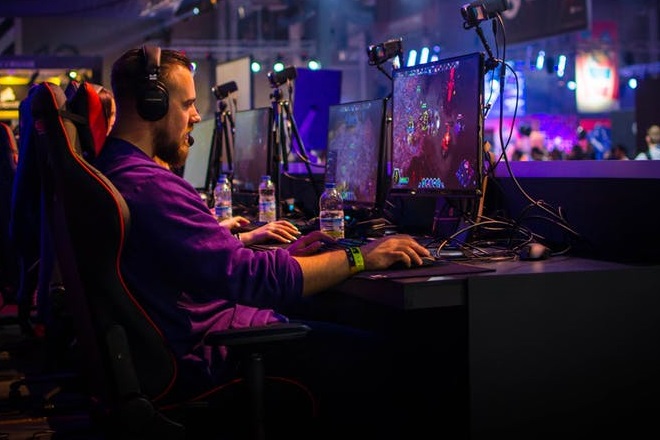From Farm to Table the Journey of Exotic Spices in the Modern Market
Exotic spices have a rich history, often wrapped in tales of ancient trade routes, cultural exchanges, and culinary evolution. From the bustling spice markets of ancient Alexandria to the vibrant bazaars of medieval Venice, these aromatic treasures have been coveted across civilizations. Today, the journey of exotic spices from farm to table is a fascinating blend of tradition and modernity, reflecting a globalized world where distant lands come together on our plates. The journey of spices begins on farms, often located in tropical regions where the climate and soil conditions are ideal for growing these aromatic plants. Countries like India, Indonesia, Madagascar, and Sri Lanka are renowned for their spice production. Here, farmers cultivate a variety of spices, each requiring unique growing conditions and care. For instance, the cultivation of vanilla involves labor-intensive pollination by hand, while saffron requires delicate handling to harvest the tiny stigmas of the crocus flower.

Once harvested, the spices undergo initial processing at the farm level. This stage includes cleaning, drying, and sometimes fermenting the spices to enhance their flavors. Traditional methods, such as sun-drying, are still prevalent, although modern techniques like mechanical drying are gaining popularity due to their efficiency and consistency. For example, black pepper is often sun-dried on large mats, a practice that has been passed down through generations. After processing, the spices are packaged and transported to spice markets or processing centers. This stage of the journey highlights the global nature of the Rota das Índias spice trade. Spices are often shipped in bulk to major trading hubs, where they are further processed, blended, and packaged for retail. The logistics involved in this transportation are complex, requiring careful handling to preserve the quality and potency of the spices. Advances in packaging technology, such as vacuum sealing and controlled atmosphere packaging, play a crucial role in maintaining the freshness of spices during their long journeys.
At the processing centers, spices are often graded based on quality, size, and flavor intensity. This grading system ensures that consumers receive a consistent product, whether they are purchasing whole spices, ground spices, or spice blends. Modern machinery has streamlined this process, allowing for precise sorting and grinding, which is essential for creating uniform products. However, many premium spice brands still rely on traditional grinding methods, such as stone mills, to preserve the natural oils and flavors of the spices. Finally, the spices reach the consumers, ready to add a burst of flavor to dishes from around the world. The availability of exotic spices in supermarkets and specialty stores has made it easier for home cooks to experiment with global cuisines. Moreover, the rise of online spice retailers has further democratized access to these culinary treasures, allowing consumers to explore a diverse range of flavors from the comfort of their homes.


